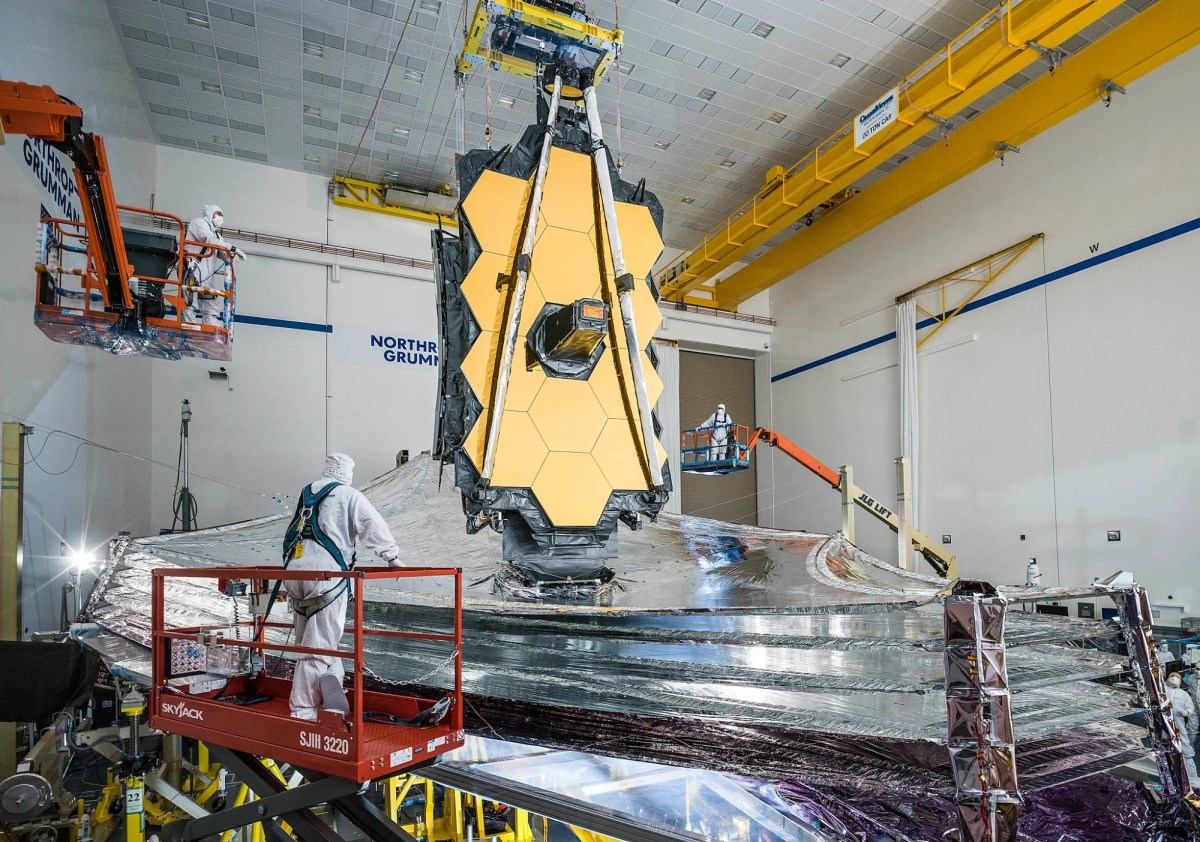
Tough microbes found in NASA cleanrooms hold clues to space survival and biotech
On May 12, 2025, a study by scientists at the NASA Jet Propulsion Laboratory and several institutes across India and Saudi Arabia has reported 26 novel bacterial species growing inside cleanrooms associated with NASA space missions.
These unknown and newly described species carry genetic traits associated with resilience to extreme environments such as those found in space, highlighting the importance of rigorous contamination control to prevent unintentional microbial transfer during space missions.
Spacecraft are assembled in cleanrooms, which are highly specialized facilities engineered to maintain exceptionally low levels of dust and microorganisms. These controlled environments are extreme in their own right, with tightly regulated airflow, temperature, and humidity that inhibit microbial survival. However, some microorganisms—extremophiles—thrive in such environments.
The scientists did a comprehensive analysis of the microorganisms growing in the NASA cleanrooms, finding that many of the new species possessed genes that made them resilient to decontamination and radiation. Some of the discovered genes were associated with DNA repair, the detoxification of harmful molecules, and improved metabolism, all of which increased the species’ survivability.
In addition, the study assists NASA with anticipating the type of bacteria astronauts will encounter on their space missions and in developing strategies to mitigate microbial contamination in cleanrooms.
Tags:
Source: Phys.org
Credit:
